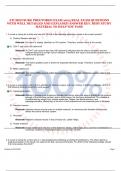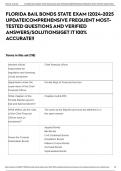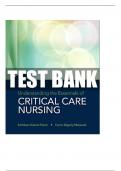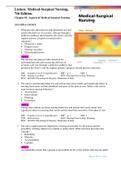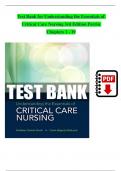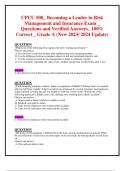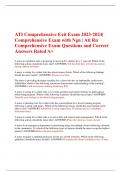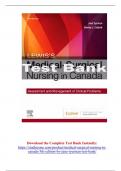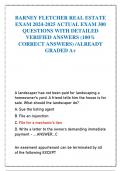Exam (elaborations)
ATI MED SURG PROCTORED EXAM 2023 REAL EXAM QUESTIONS WITH WELL DETAILED AND EXPLANED ANSWER KEY. BEST STUDY MATERIAL TO HELP YOU PASS
- Course
- Institution
ATI MED SURG PROCTORED EXAM 2023 REAL EXAM QUESTIONS WITH WELL DETAILED AND EXPLANED ANSWER KEY. BEST STUDY MATERIAL TO HELP YOU PASS
[Show more]
